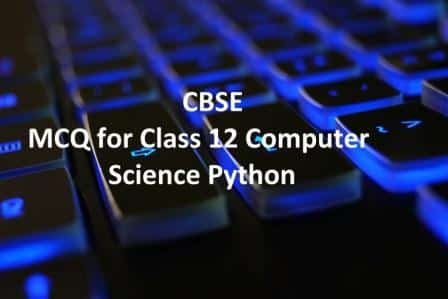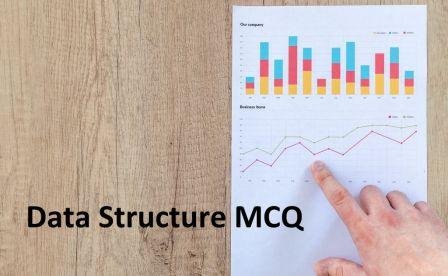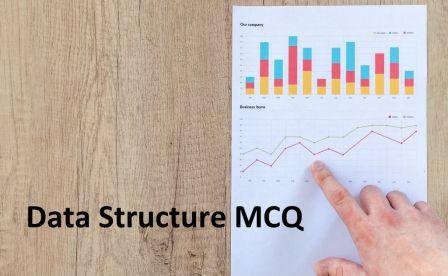MCQ for Class 12 Computer Science Python
Teachers and Examiners (CBSESkillEduction) collaborated to create the MCQ for Class 12 Computer Science Python. All the important Information are taken from the NCERT Textbook Computer Science (083) class 12. MCQ for Class 12 Computer Science Python Computer Science Class 12 Notes MCQ for Class 12 Computer Science Python Computer Science Class 12 Questions and … Read more




